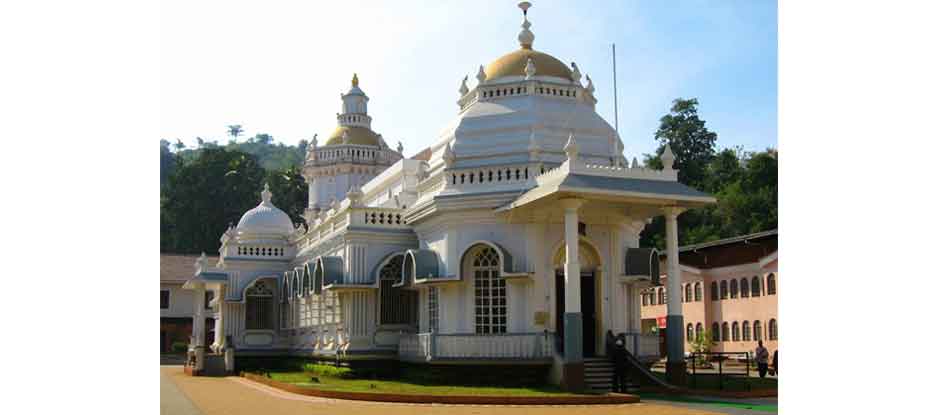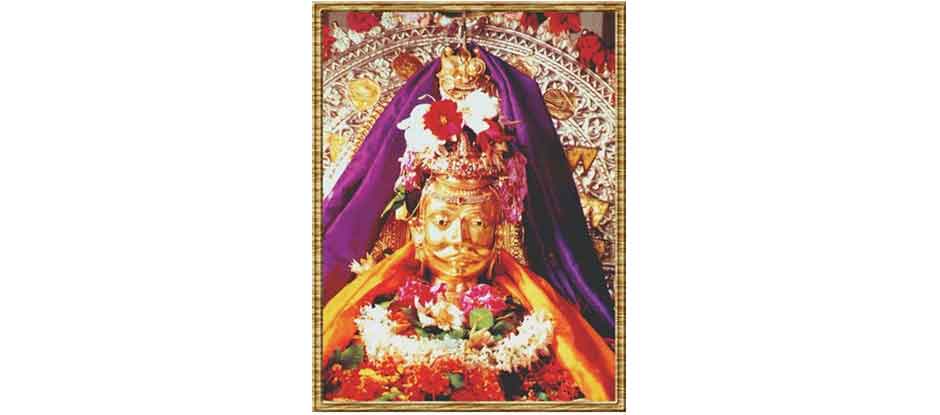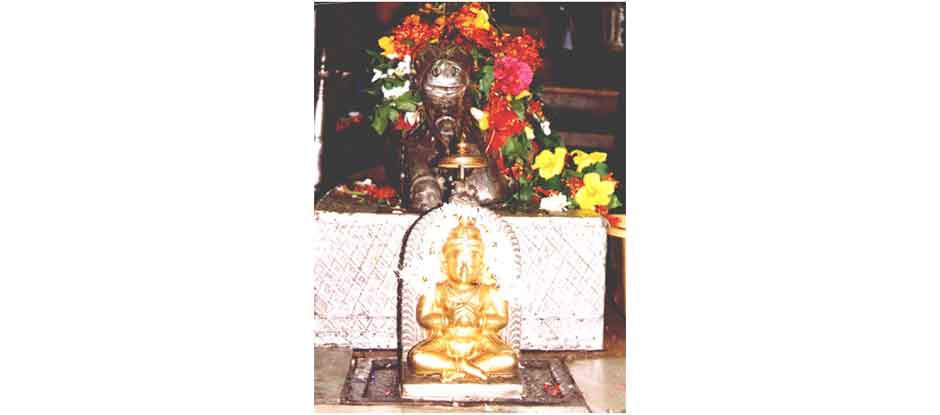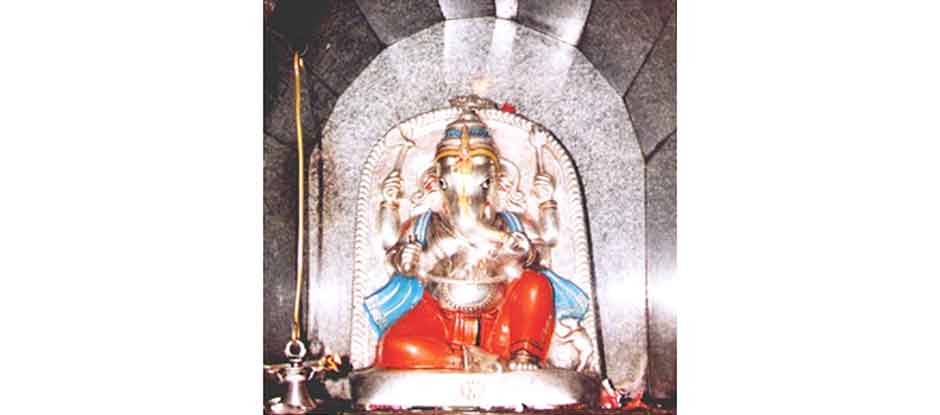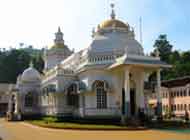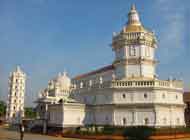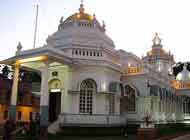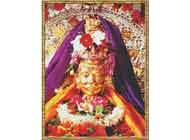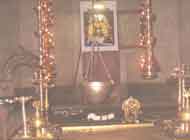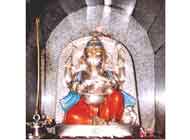Mangueshi Temple, Goa, India.
Mangueshi is essentially a temple that hosts the kuladaivat (family deity) idols of a section of the Gaud Saraswat Brahmins a.k.a GSBs. Saraswats claim their origins from the Punjab region which was where the mythical Saraswati river (which probably dried up) existed . They were brahmins who incidently consumed fish (so uncommon in other brahmins of the regiion) probably because of their river bank inhabitation.
When the river Saraswati began to dry up they migrated towards greener pastures like Kashmir, UP, Rajasthan. Some of their branches migrated eastwards viz towards Bengal (which was then known as Gauda). Hence they came to be known as Gauda Saraswat Brahmins. Later due to Islamic persecution, they again shifted location towards Bihar and eventually moved southwards, towards Goa. However due to Portuguese persecution, some of the Saraswats again shifted base to adjoining regions of coastal Karnataka and Maharashtra.
Mythology states that the land of Goa was created by Sage Parshuram. It was he who performed a yagna and invited the Saraswat brahmins to participate in the rituas. In return he gave them portions of Goa. Each tribe of different 'gotras' received different regions as 'gram daan'.
The Kaundinya and Vatsa gotras that arrived from Trihotra (believed to be Tirhut in Bihar) received Kushasthal (Kuthal in Goa) as a gift. The tribe installed their deity idols (Shiva idol was earlier estabished at Monghir, Trihotra and was known as Mangereesh or Mangesh) here and constructed a simple shack like temple around it. Later after the arrival of the Portuguese in the 16th century and the religious persecution that followed, the idols were shifted to Priol. In the mid 18th century (1739), the Marathas captured the adjoining regions of Goa including Ponda. The hamlet of Mangeshi was gifted to its people by the Maratha Peshwa and they constructed a decent wooden structure there (1744). Regions of Goa continued to shift hands from the Marathas to the Portuguese.
The Portuguese inquisition was an anti blasphemy law which dissuaded non catholics from practising their religions freely, as a result no renovations were made towards the temple. However a progressive legislation enacted in 1866 permitted religious freedom to some extent and the present structure came into existance in 1890. Since then Mangueshi again underwent major renovation work in 1973 and is today acclaimed as one of the largest and most beautiful temples in Goa.
The Mangueshi temple has adequate parking space in the rear. There is accomodation available in the guest rooms of Mangueshi temple, provided one is a GSB.
Contact Information
Shri Mangesh Devasthan, Mangeshi, P.O. Mardol, Goa – 403404, India. Telephone: +91 832 2343338 +91 832 2343904
Prev Next

